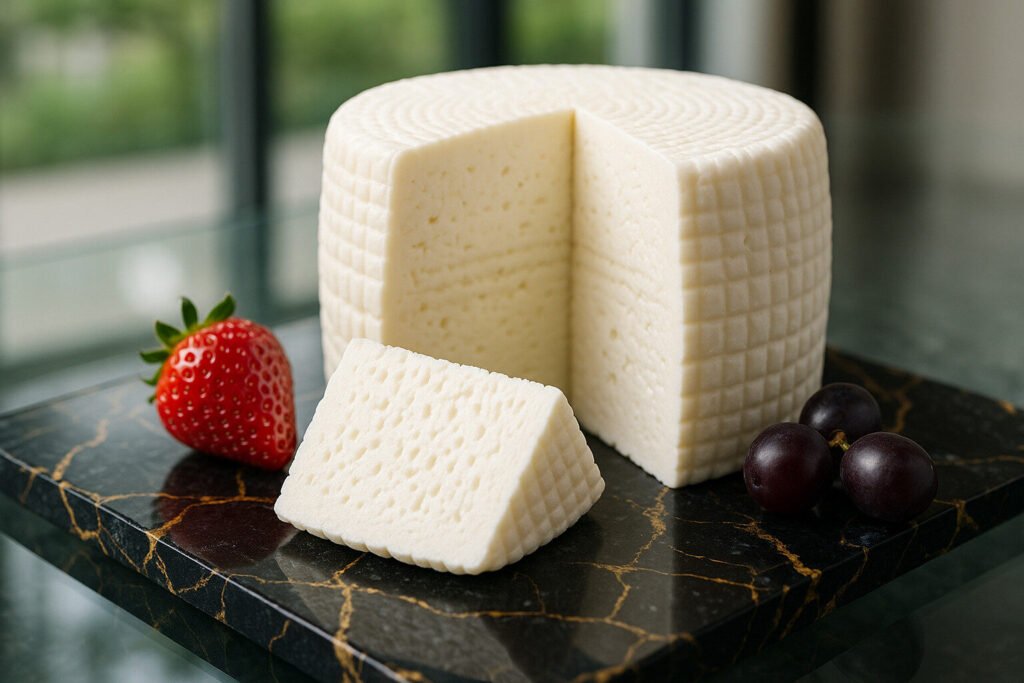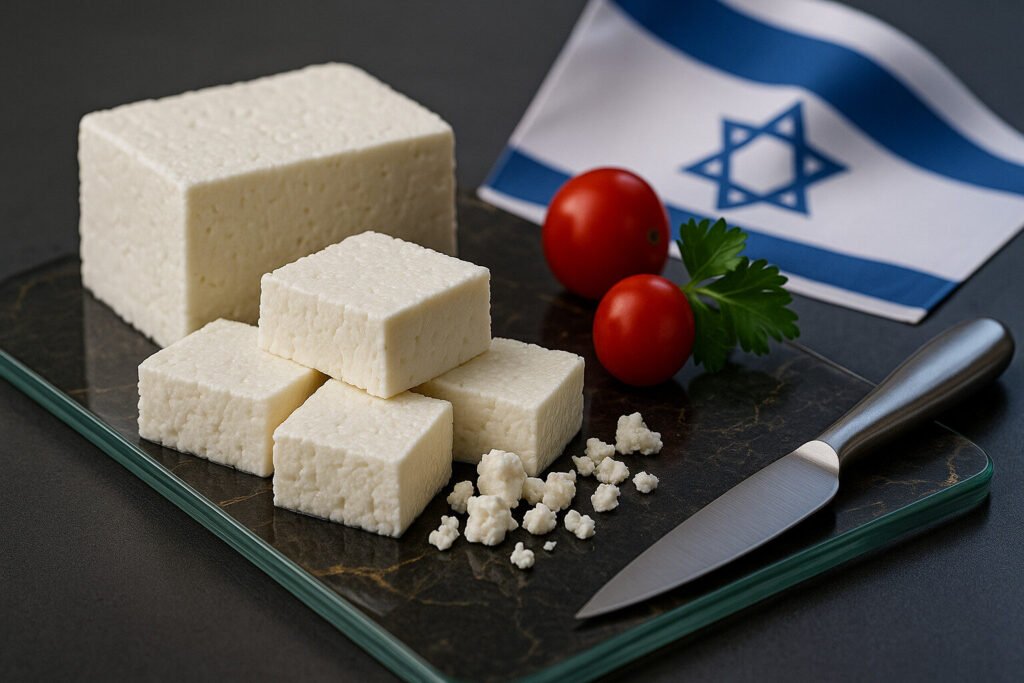Mastic Resin Cheese
Definition and Scope
Mastic resin is a natural plant resin harvested from the mastic tree, Pistacia lentiscus. It has been used for centuries in Mediterranean cuisine and traditional medicine. The resin hardens into translucent, brittle tears with a distinct pine-like aroma. Its primary application in cheese involves flavoring and preservation.
Within cheese taxonomy, mastic resin is categorized as a natural additive rather than a cheese style itself. It imparts unique aromatic qualities to specific regional cheeses, particularly in Greece. The resin’s antimicrobial properties also contribute to extended shelf life for some products. Its usage defines a niche segment within flavored and preserved cheese categories.
Production Process
Mastic resin production begins with deliberate incisions in the bark of mastic trees during summer months. The trees secrete the resin, which slowly drips and solidifies into tear-shaped droplets. Harvesters collect these hardened pieces and clean them meticulously. The resin is then ground into powder or dissolved for various applications.
For cheese production, mastic resin is typically ground into a fine powder before incorporation. Cheesemakers blend the powdered resin directly into the milk or curds during the initial stages of production. The resin disperses evenly, ensuring consistent flavor distribution throughout the cheese. This method allows the aromatic compounds to integrate fully with the dairy components.
Sensory Profile
Mastic resin contributes a distinctive pine-like, slightly sweet aroma to cheeses. Its flavor profile includes subtle notes of cedar and a faint minty freshness. The resin’s taste is both earthy and resinous, with a mild bitterness that complements rich dairy flavors. These characteristics create a unique sensory experience distinct from other aromatic additives.
When used in cheese, mastic resin produces a smooth, slightly chewy texture in the final product. The aromatic compounds remain stable through aging, maintaining their intensity over time. Cheeses containing mastic typically exhibit a pale coloration with occasional resin specks visible. The finish is clean with a lingering herbal aftertaste.
Culinary Applications
Mastic resin serves primarily as a flavoring agent in traditional Greek cheeses like Mastelo and Graviera. It pairs exceptionally well with sheep’s and goat’s milk cheeses, complementing their inherent tanginess. The resin also functions as a natural preservative, allowing these cheeses to mature for extended periods. Its antimicrobial properties help prevent spoilage in traditional aging environments.
Beyond cheese making, mastic resin appears in various Mediterranean desserts and baked goods. When used in cheese, it creates products suitable for both table consumption and cooking applications. The resin’s stability makes it ideal for grated or melted cheese preparations. These flavored cheeses often feature prominently in meze platters and traditional recipes.
Regional Examples
The island of Chios in Greece produces the most renowned mastic resin, protected by PDO status. Local cheesemakers on Chios incorporate this resin into traditional cheeses like Mastelo. These cheeses represent the most authentic expression of mastic-flavored dairy products. The combination of local resin and traditional methods creates unique regional specialties.
Other Aegean islands have developed their own variations using locally harvested mastic resin. Cyprus produces halloumi-style cheeses occasionally flavored with mastic. Turkish cheesemakers in the Izmir region sometimes include mastic in their fresh cheese recipes. These regional variations demonstrate the resin’s versatility across Mediterranean cheesemaking traditions.


